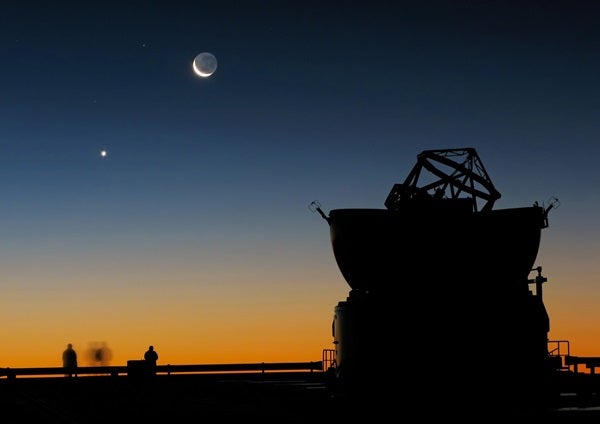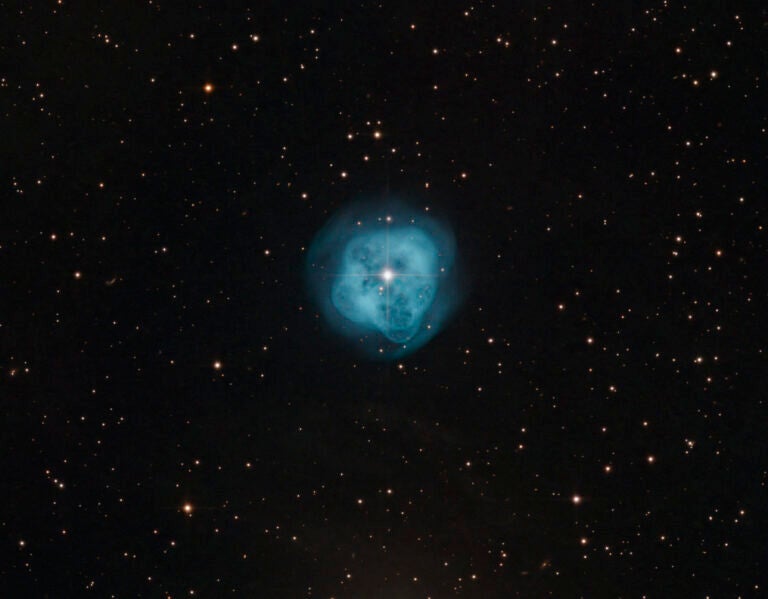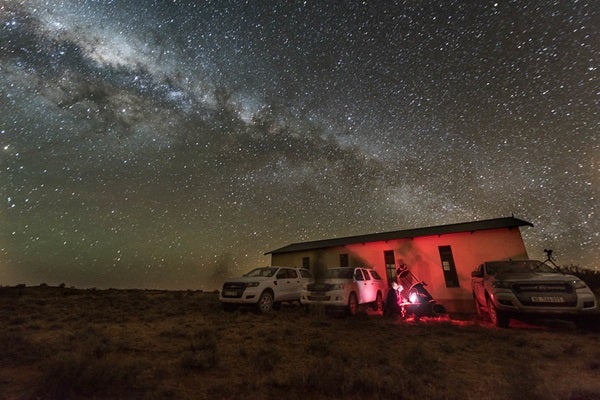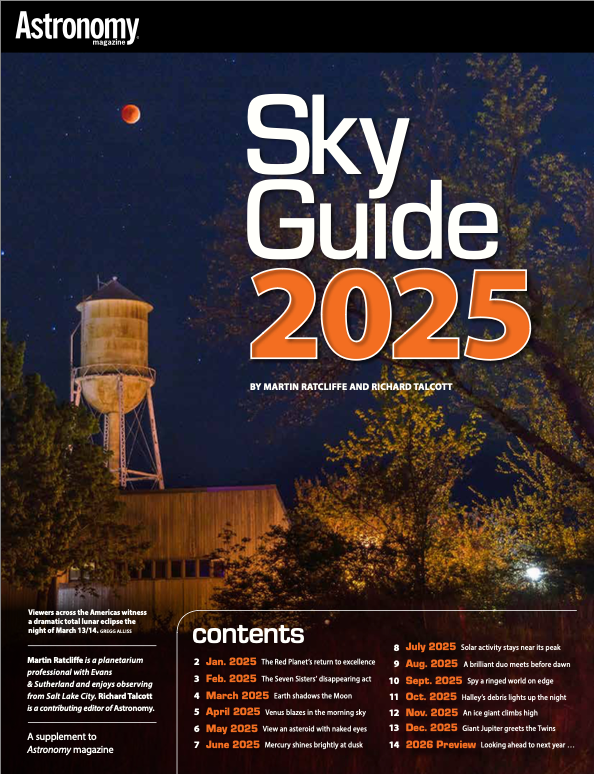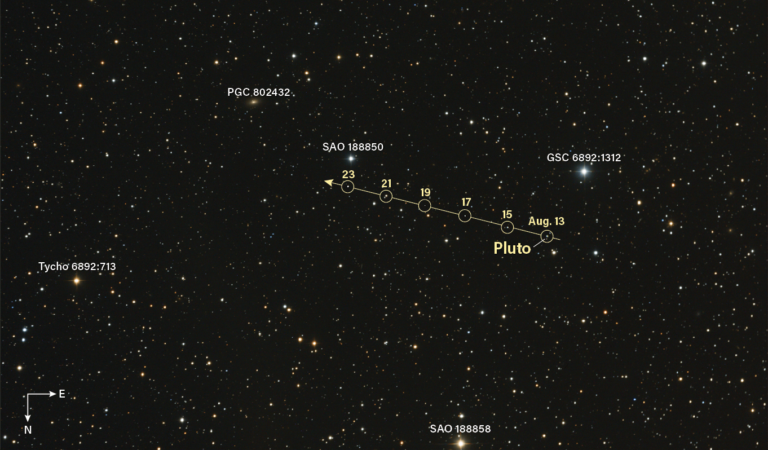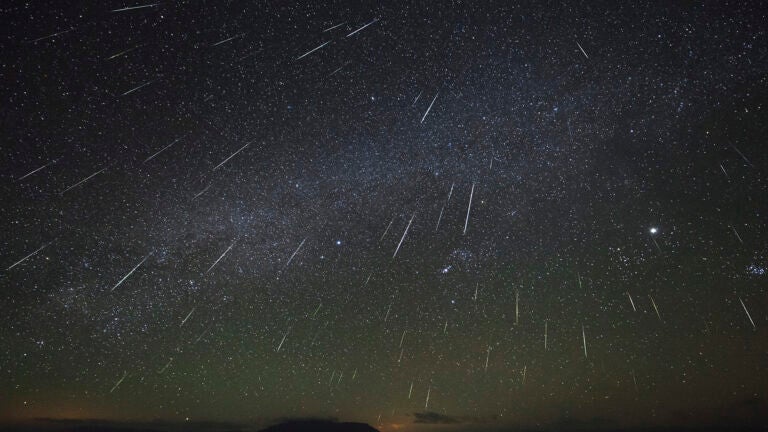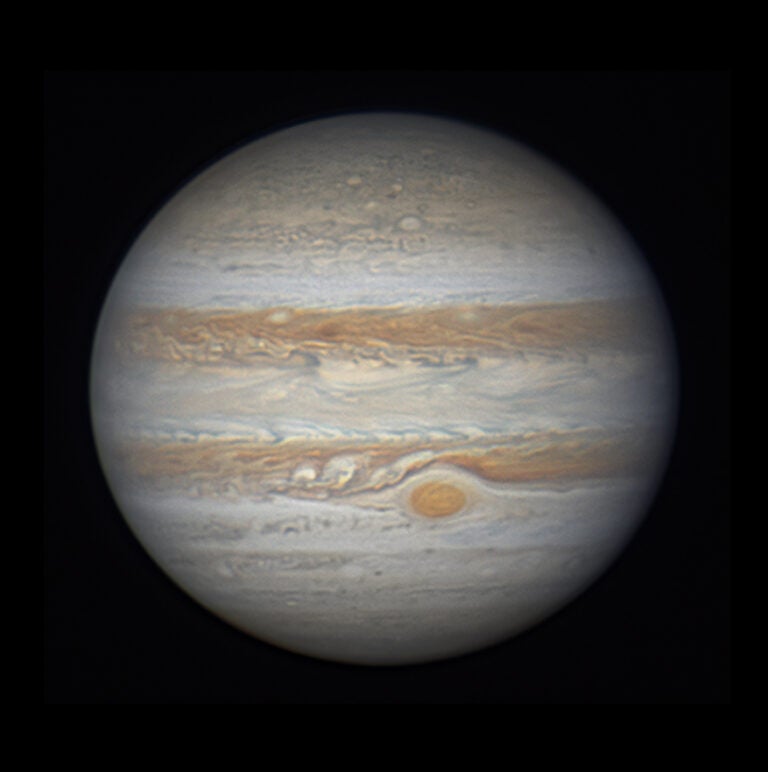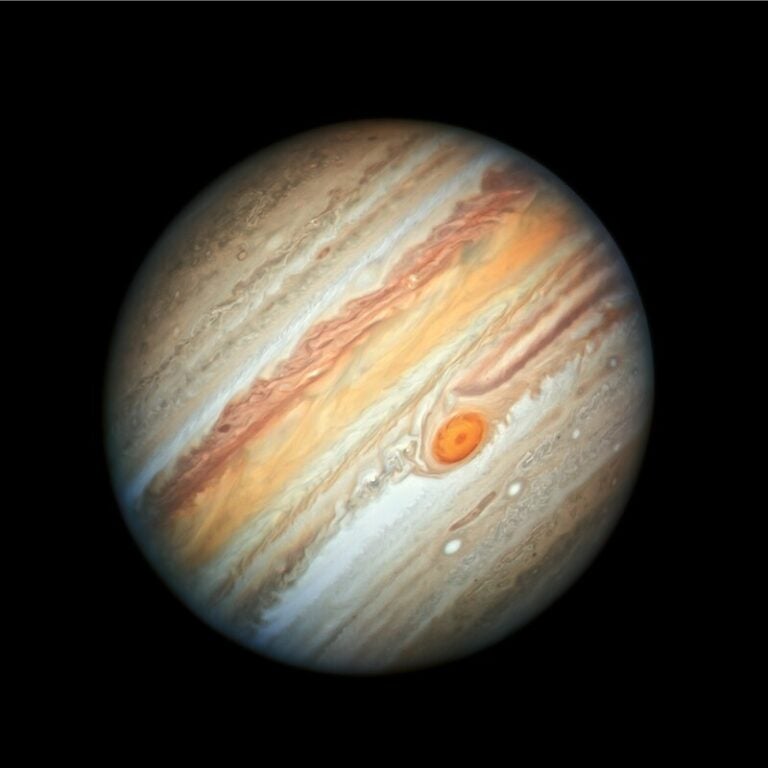This is a perfect month to explore the rhythms of the sky. They’re now blazing like neon, even if most of the beats are generally unknown.
Patterns of the brightest objects — the Sun, Moon, and sometimes Venus — were used in timekeeping by all ancient peoples. The Sun reaching its daily highpoint has been called “noon” since medieval times, even if the word originally referred to 3 p.m. and literally meant “the ninth hour” (and still sounds like “nine”). The period from one solar highpoint to the next was a “day,” and when clocks arrived on the scene, they were set to the Sun. Not complicated. But there’s a wrinkle, known for centuries.
Because our planet’s orbit is elliptical and we’re closest to the Sun in early January, winter’s stronger solar gravity whips Earth around. So we now travel our curvy path 1 km/s faster than in the summer. As a result, during winter months, the direction toward the Sun changes faster than usual on successive days. Earth must rotate 8 seconds longer than average in order for you to again face the noonday Sun.
This extra daily time adds up so that now in February, our clocks are 14 minutes out of sync with the Sun’s position. The Sun is at its most delayed direction of the year, and it arrives at its daily highpoint at 12:14 p.m. instead of 12:00.
Earth’s speedy current motion also quickly swivels the anti-solar direction where the Full Moon hovers. During the year, the Moon’s synodic phase cycle varies by nearly a day. Lunations can happen 29.18 to as much as 29.93 days apart, and we’re in the Moon’s laziest period right now. Very few know about such patterns; they’re essentially secret.
Some skywatchers like the Maya were also obsessed with Venus’ rhythms. This month our sister planet attains its greatest brilliance of 2017. It’s dazzling at nightfall, and it can even cast shadows. The Evening Star arrives at its “most luminous” milestone every 19 months, which is why the Maya had a 19-month calendar.
But there’s an extra wrinkle here, too. The Evening Star is very low and easily obscured if its greatest brilliancy happens in the fall, like it did in 2015. Conversely, it’s unusually high and prominent if it maxes out in late winter, like now. Does the “super Venus” interval form an easy cycle, too? Yes. Venus circles the Sun 13 times just as Earth performs eight orbits. So, precise Venus replays happen eight years apart. The gorgeous current Venus apparition was seen in 2009 and will happen again in 2025. The Maya knew all this.
Then there’s the matter of conjunctions. On the final evening in January, the Moon, Venus, and Mars form a striking don’t-miss triangle at nightfall. Factor in the Moon’s 29- to 30-day phase cycle, and you’d expect another nice triangle on February’s last day. Bingo, even if that one’s not as compact.
“VERY FEW KNOW ABOUT SUCH PATTERNS; THEY’RE ESSENTIALLY SECRET.”
Understandably, winter-weary citizens mostly care about the Sun. Yet most are unaware of midwinter’s arrival in early February, or that it begins the three-month period when the Sun’s daily elevation boost starts to go into overdrive. Daylight length and solar intensity grow at their maximum rate. Every three days, the Sun gets two solar diameters higher!
The media instead focus on the bizarre Groundhog Day celebration, while ignoring February 2’s importance as an ancient “cross quarter day” halfway between the solstice and the equinox. But the biggest overlooked pattern involves February’s ultra-shortness.
Most of us know the month Augustus Caesar got named for him was lengthened to match Julius Caesar’s that precedes it, oddly giving us two successive 31-day months. We also recall that the March equinox is on the 20th while the September equinox happens on the 23rd. But we never link all that with February’s shortness, or with the fact that Earth is now speeding 1,000 mph faster than normal.
Yet, believe it or not, they all tie together!
Our faster speed means we’re hurrying through this wintertime part of our orbit. We therefore get fewer axial spins during the cold segment of the year from September through March. Fewer days. This winter half of the year is a week shorter than the warm half.
But that’s disguised. Putting off that September equinox by half a week does most of the job at hiding the inequality. The two long summer months coupled with February’s shortness finish the task. And thus nobody ever notices that the year is made of unequal “halves.”
Our point? Despite providing centuries of epoxy between the sky and our daily lives, most sky cycles have become largely unknown, even as they continue to ticktock in their fascinating epic regularity.


